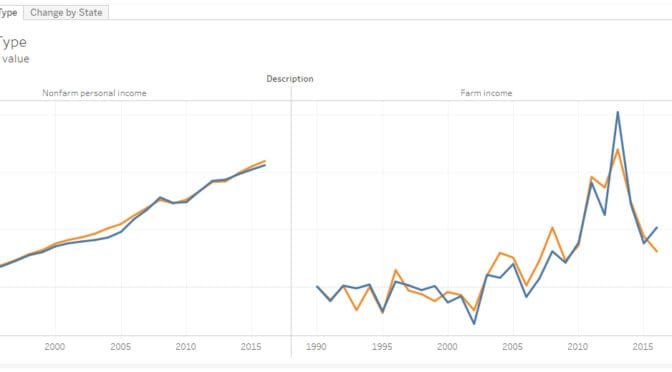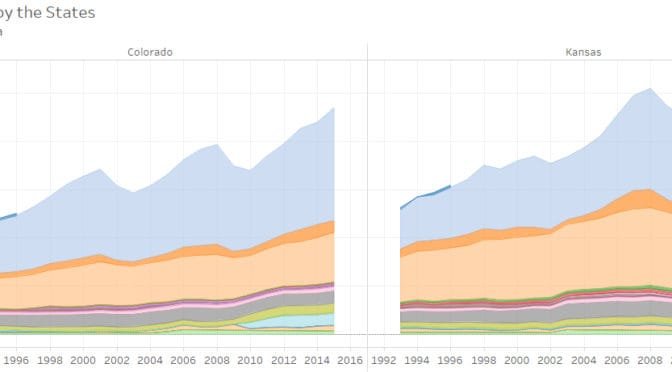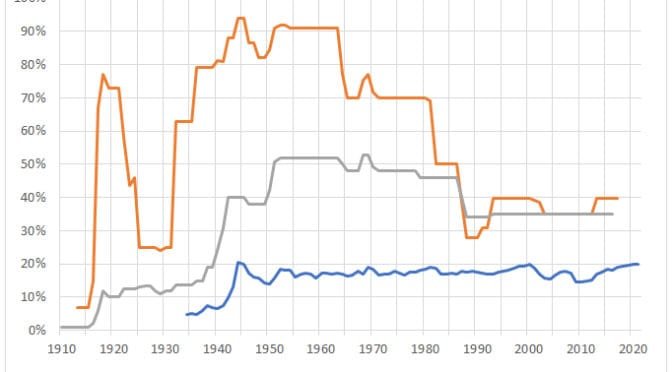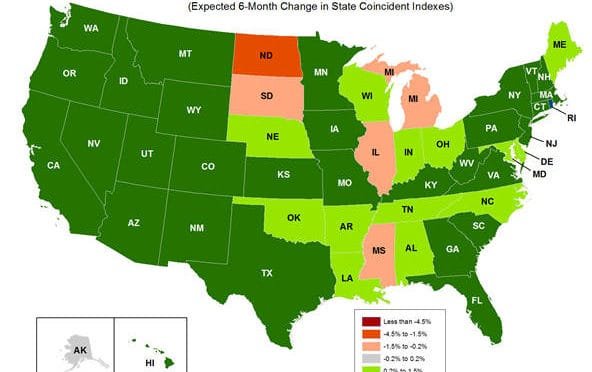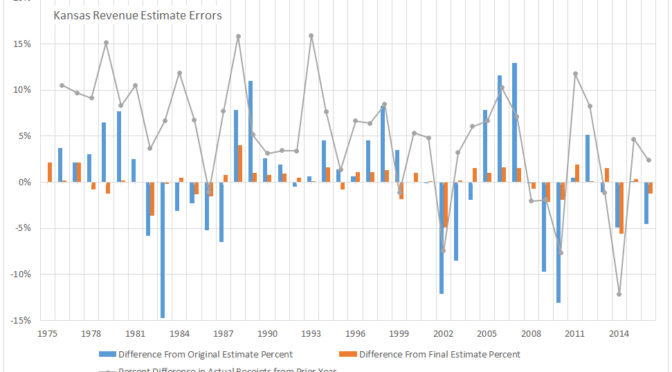The claim of 26,000 workers in downtown Wichita is based on misuse of data so blatant it can be described only as malpractice.
Have you heard that 26,000 people work in downtown Wichita, defined as zip code 67202? It’s likely you have, as this number appears in many places.
It appears in the Wichita city budget. (1)City of Wichita. Proposed Budget 2017 – 2018. Page 2. “Over 26,000 workers also populate downtown every day, working in industries such as education, finance, manufacturing, health care, government, and retail.

It is cited by our chief economic development agency. (2)Greater Wichita partnership. Living & Working. “With a highly trained pool of talent and a deeply rooted entrepreneurial spirit, Downtown Wichita is work central, boasting 26,000 daytime workers in the financial, healthcare, education, oil & gas and creative services industries.” Available at http://greaterwichitapartnership.org/living_working/downtown_wichita.

The city’s downtown development agency uses this number in brochures and annual reports. (3)Wichita Downtown Development Corporation. Wichita — Center of Progress. Available at http://www.downtownwichita.org/brochure/files/inc/792168633.pdf. (4)Wichita Downtown Development Corporation. State of Downtown Report 2016. This document states over 25,000 workers. Available at http://downtownwichita.org/user/file/2016_State_of_Downtown_Report_2.pdf.
It appears in a federal grant application made by the city. (5)City of Wichita. Multi-Modal Transportation Connections for Wichita State Innovation Campus. 2016 TIGER Grant Application. Available at http://www.wichita.gov/Government/Departments/Planning/TIGER%20Grant%20Documents/2016%20TIGER%20Grant%20Application.pdf.
It appears in our state’s largest newspaper, as reported by a journalist billed as a data specialist. (6)Ryan, Kelsey. 9 things happening with Wichita downtown development. Wichita Eagle. June 01, 2015. Available at http://www.kansas.com/news/business/real-estate-news/article22844223.html.

It appears in a Wichita specialty business newspaper quoting a Wichita business leader. (7)Stearns, John. Downtown’s office exodus — Nearly 1,000 are leaving, so why aren’t downtown developers having a heart attack? Wichita Business Journal. October 4, 2013. Available at http://www.bizjournals.com/wichita/print-edition/2013/10/04/downtowns-office-exodus.html.
It’s advertised on a vacant downtown building, the former Henry’s store at Broadway and William.
The Wichita Downtown Development Corporation states the data for workers in downtown Wichita, which is defined for these purposes as zip code 67202, comes from the United States Census Bureau, specifically an application called “OnTheMap Application and LEHD Origin-Destination Employment Statistics.” (8)U.S. Census Bureau. OnTheMap application. Available at https://onthemap.ces.census.gov/. The data is commonly known as LODES. Using this application and focusing analysis on zip code 67202 produces the figure 25,850 primary jobs. Round that to 26,000, and that’s the source of the job claims for downtown Wichita.
But: Census documentation for this data gives the definition of the place of work and a cautionary note: “A place of work is defined by the physical or mailing address reported by employers in the QCEW (formerly ES-202) or Multiple Worksite Reports. An address from administrative data may or may not be the actual location that a worker reports to most often.”
The Census Bureau continues with another warning regarding this data: “Nonreporting of multiple worksites is especially common with state and local governments and school districts. In such a case, LEHD infrastructure files assign all workers for that employer (within the state) to the main address provided.” (9)“For LODES, a place of work is defined by the physical or mailing address reported by employers in the QCEW (formerly ES-202) or Multiple Worksite Reports. An address from administrative data may or may not be the actual location that a worker reports to most often. The distinction of worksite and administrative address may be especially significant in some industries such as construction, where work is often carried out at temporary locations. In some cases, employers do not provide a multiple worksite report when it would be appropriate to do so. Nonreporting of multiple worksites is especially common with state and local governments and school districts. In such a case, LEHD infrastructure files assign all workers for that employer (within the state) to the main address provided. Bureau of Labor Statistics (BLS) data show a national noncompliance rate of 5.61 percent of multiunit employers responsible for about 4.45 percent of multiunit employment.” Matthew R. Graham, Mark J. Kutzbach, and Brian McKenzie. Design comparison of LODES and ACS commuting data products. Available at ftp://ftp2.census.gov/ces/wp/2014/CES-WP-14-38.pdf.


This is highly relevant and important in the case of downtown Wichita. When using the OnTheMap application for zip code 67202, there are two large bright blue dots that stand out from all others. These represent the two highest concentrations of workers in downtown Wichita. One is Census block 201730043001036, which has 7,740 employees. This is a one square block area from First to Second Streets, and Wichita to Water Streets. The block consists mostly of surface parking lots, although there are three buildings. One building is the Wichita school district administration building, and there’s the problem with the way the city uses this data. The school district has thousands of employees. Only a small fraction, however, work in the downtown administrative building at First and Water Streets. The rest are dispersed throughout the city in school buildings and other sites such as the large facility at 37th Street North and Hydraulic.
But this Census data counts all these employees in one census block. This is an example of the warning the Census Bureau supplies with the data: Nonreporting of multiple worksites is especially common with state and local governments and school districts.
There’s another example. The second largest concentration of workers in downtown Wichita appears in Census block 201730043001023, which has 3,437 employees. This is the block that holds Wichita city hall. In 2014 the city had 3,270 employees. But they don’t all work at Main and Central. They’re dispersed throughout the city in police stations, fire stations, and other sites.
(By the way, the 26,000 number is often qualified as daytime workers. But we know that many police officers and firefighters work at night. The same is true for people working at the many hotels, restaurants, and bars in downtown. They aren’t all daytime workers.)
Here’s something to consider: The Wichita school district is moving its administrative offices to the former Southeast High School building at Lincoln and Edgemoor. That’s in zip code 67218. What will happen to the reporting of jobs in downtown Wichita when some seven thousand workers start receiving their paychecks from an office in that zip code, and the Census Bureau adjusts it data accordingly?
So how many people do actually work in downtown Wichita, zip code 67202? A different set of Census data gives the number 13,593 for 2014. (10)Weeks, Bob. Downtown Wichita business trends. Available at https://wichitaliberty.org/wichita-government/downtown-wichita-business-trends/. This data is much more representative of the number of people actually working in a location, although it includes private-sector workers only. So we might add a few to that number. But it’s clear that the claim of 26,000 workers is far from true.
We’re told that the city makes decisions based on data and analysis. In the city manager’s policy message in the current city budget, the manager wrote: “In 2016, the City was selected by Bloomberg Philanthropies as a What Works City for making a public commitment to use data for informed decision making.” The same document also states: “Departmental goals and data drive decision making within each department.”
The use of data for decision making is especially important for downtown planning, we’ve been told. In selling the plan for downtown Wichita in 2010, the city’s consultants told us that the plan is “grounded in data and hard analysis.” (11)Weeks, Bob. Some Goody Clancy Wichita findings not credible. Available at http://wichitaliberty.org/wichita-government/some-goody-clancy-wichita-findings-not-credible/. But I showed that data the consultants relied on — a “walk score” — was based on nonsensical data.
We’re left with a few observations:
- The claim of 26,000 workers in downtown Wichita is true. But as we’ve seen, it is not true in the way it is used, which is as an indication of the number of human beings actually working in downtown.
- Did the person who gathered this data about downtown workers know what it means? If not, why not?
- Did the person who decided to use this data in marketing downtown Wichita know what it means? If not, why not?
- If someone knew the meaning of this data and decided to use it anyway: What does that tell us?
- Did no one at Wichita city hall look at this data? As I’ve shown, it’s easy to see that the mapping application says 3,437 people work in the block holding city hall. Did no one look at the big blue dot and that number and realize that it is not real?
- What if you opened a lunch counter in downtown Wichita based on the claim of 26,000 daytime workers, and then you learn there are really only half that many, with some of those working at night?
We want to trust our city leaders. We want downtown Wichita and the entire metropolitan area to succeed so that people may prosper and be happy. But episodes like this destroy trust and breed well-deserved cynicism. We can — we must — do better than this.
References
| ↑1 | City of Wichita. Proposed Budget 2017 – 2018. Page 2. “Over 26,000 workers also populate downtown every day, working in industries such as education, finance, manufacturing, health care, government, and retail. |
|---|---|
| ↑2 | Greater Wichita partnership. Living & Working. “With a highly trained pool of talent and a deeply rooted entrepreneurial spirit, Downtown Wichita is work central, boasting 26,000 daytime workers in the financial, healthcare, education, oil & gas and creative services industries.” Available at http://greaterwichitapartnership.org/living_working/downtown_wichita. |
| ↑3 | Wichita Downtown Development Corporation. Wichita — Center of Progress. Available at http://www.downtownwichita.org/brochure/files/inc/792168633.pdf. |
| ↑4 | Wichita Downtown Development Corporation. State of Downtown Report 2016. This document states over 25,000 workers. Available at http://downtownwichita.org/user/file/2016_State_of_Downtown_Report_2.pdf. |
| ↑5 | City of Wichita. Multi-Modal Transportation Connections for Wichita State Innovation Campus. 2016 TIGER Grant Application. Available at http://www.wichita.gov/Government/Departments/Planning/TIGER%20Grant%20Documents/2016%20TIGER%20Grant%20Application.pdf. |
| ↑6 | Ryan, Kelsey. 9 things happening with Wichita downtown development. Wichita Eagle. June 01, 2015. Available at http://www.kansas.com/news/business/real-estate-news/article22844223.html. |
| ↑7 | Stearns, John. Downtown’s office exodus — Nearly 1,000 are leaving, so why aren’t downtown developers having a heart attack? Wichita Business Journal. October 4, 2013. Available at http://www.bizjournals.com/wichita/print-edition/2013/10/04/downtowns-office-exodus.html. |
| ↑8 | U.S. Census Bureau. OnTheMap application. Available at https://onthemap.ces.census.gov/. |
| ↑9 | “For LODES, a place of work is defined by the physical or mailing address reported by employers in the QCEW (formerly ES-202) or Multiple Worksite Reports. An address from administrative data may or may not be the actual location that a worker reports to most often. The distinction of worksite and administrative address may be especially significant in some industries such as construction, where work is often carried out at temporary locations. In some cases, employers do not provide a multiple worksite report when it would be appropriate to do so. Nonreporting of multiple worksites is especially common with state and local governments and school districts. In such a case, LEHD infrastructure files assign all workers for that employer (within the state) to the main address provided. Bureau of Labor Statistics (BLS) data show a national noncompliance rate of 5.61 percent of multiunit employers responsible for about 4.45 percent of multiunit employment.” Matthew R. Graham, Mark J. Kutzbach, and Brian McKenzie. Design comparison of LODES and ACS commuting data products. Available at ftp://ftp2.census.gov/ces/wp/2014/CES-WP-14-38.pdf. |
| ↑10 | Weeks, Bob. Downtown Wichita business trends. Available at https://wichitaliberty.org/wichita-government/downtown-wichita-business-trends/. |
| ↑11 | Weeks, Bob. Some Goody Clancy Wichita findings not credible. Available at http://wichitaliberty.org/wichita-government/some-goody-clancy-wichita-findings-not-credible/. |






